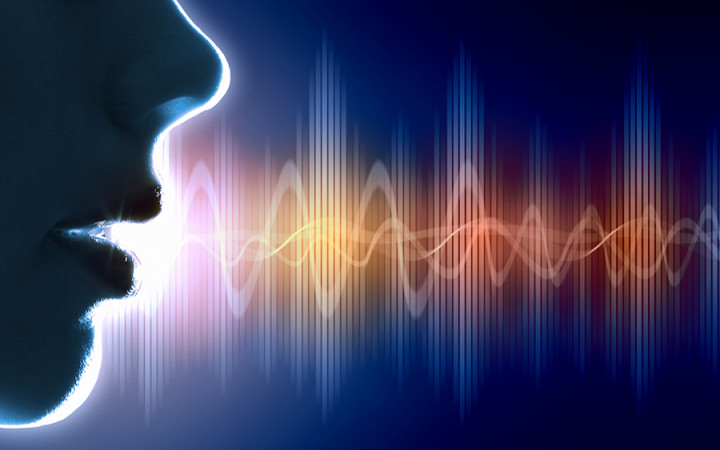Have you ever been surfing? Many people love swimming in the ocean, but there's nothing quite like the rush of jumping up on a longboard as a large ocean wave propels you toward the shore.
You probably already know that sound travels through the air in waves. Unlike the water waves you can surf on, however, sound waves are invisible. When they carry inspirational words or music, though, you certainly can ride them to a whole new place in your mind.
Sound waves move through the air around you most of the time. While the air might seem rather empty, it's actually filled with lots of air molecules. When vibrating objects, such as your vocal cords or the strings of a piano, make sounds, they do so by causing the air molecules to move in waves that your ears receive and interpret as sounds.
Sound needs air molecules to travel. That's why no one would be able to hear you if you screamed in outer space. The absence of air — called a vacuum — in outer space prevents sound from traveling.
You've probably seen a lot of science-fiction movies that feature spectacular battles in outer space. Lasers flash across the sky and spaceships explode in loud bursts of sound and light. In reality, you'd be able to see, but not hear, those explosions. Moviemakers add sound to make the experience of watching the movie better.
Here on Earth, though, there are plenty of air molecules to help sound travel. In fact, sound travels really fast through the air. How fast? Sound moves at a quick 1,125 feet per second in dry air at 68º F at sea level. That's about 767 miles per hour or approximately a mile in five seconds!
Vibrations that make sound waves create compression or longitudinal waves. These waves travel in the same path that the sound wave is moving. This makes sound waves different from water waves, which move up and down and are called transverse waves.
Like all waves, sound waves have the characteristics of wavelength, frequency, and amplitude. The wavelength of a water wave would be the distance between wave crests. Since sound waves are compression waves, their wavelength is the distance between maximum compressions. Frequency is a measure of the rate at which sound waves pass a given point. Their amplitude measures how compressed the waves are compared to the air around them.
In addition to hearing sound waves, you can also sometimes feel them. If you stand in front of a loudspeaker at a rock concert, you will definitely be able to feel the pulsing sensation of the sound waves as they hit your body. Even though you can't see them — or ride them on a surfboard like a water wave — sound waves can definitely transport you to other worlds as you listen to beautiful music or powerful speeches!




